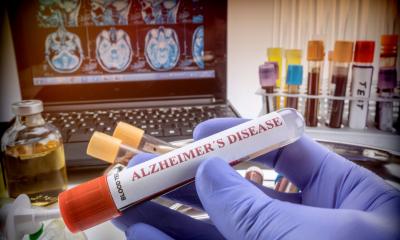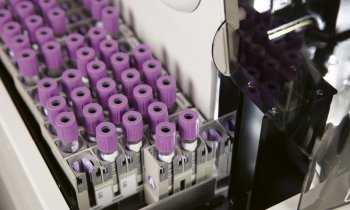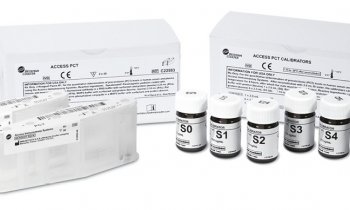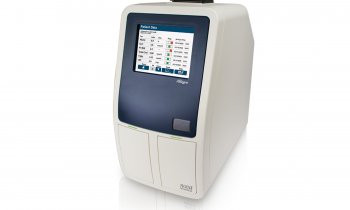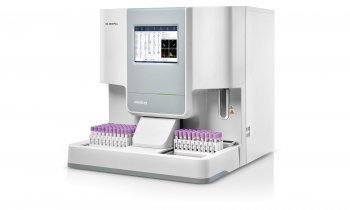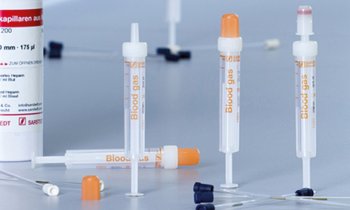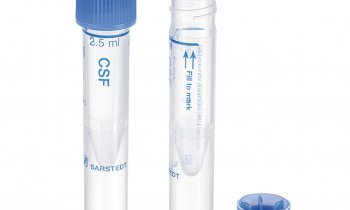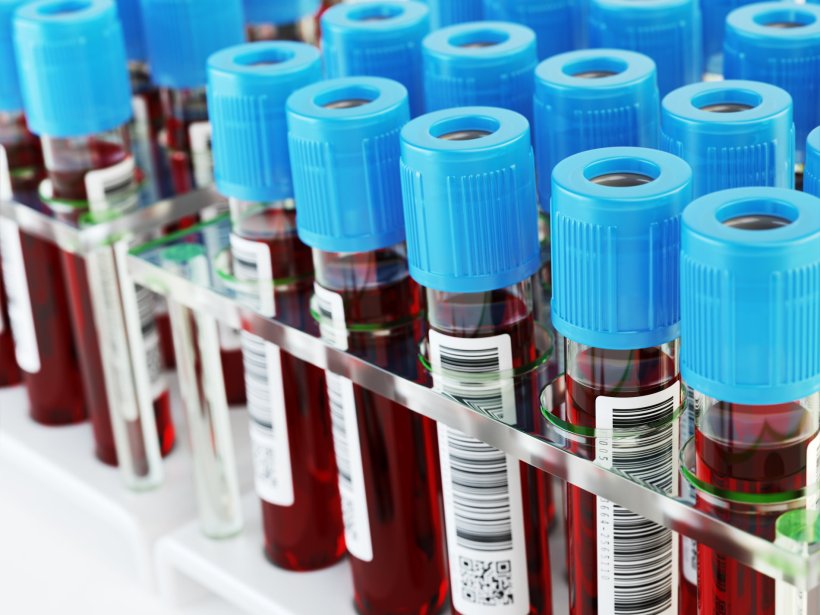
© Maksym Yemelyanov – stock.adobe.com
News • Blood-based marker P-tau217
Simple, yet effective way to early detect Alzheimer's disease
A simpler method of analysing blood samples for Alzheimer’s disease has been tested in a large multicentre study, led by Lund University in Sweden.
“This is a major step in bringing simple blood tests for Alzheimer’s disease into the healthcare system globally,” say the researchers behind the study. The results were published in the journal Nature Medicine.
Previous studies have examined the accuracy of the blood test measuring plasma P-tau217, using more specialised analytical methods such as mass spectrometry. These blood tests for the diagnosis of Alzheimer’s disease are used clinically in the US and are expected to be authorised in many parts of the world.

Image source: Lund University; photo: Tove Smeds
A multicentre study conducted in three countries has now evaluated a simpler method of analysis. The aim was to investigate the accuracy in everyday clinical practice and the study was conducted both in primary care and in more specialised memory clinics in Sweden (Malmö and Gothenburg), Italy (Brescia) and Spain (Barcelona). In total, 1,767 people with cognitive symptoms were included in the study.
“Even with the simpler method of analysis, the blood test gives highly accurate results for Alzheimer’s disease pathology,” says Sebastian Palmqvist, associate professor and senior lecturer in neurology at Lund University and senior consultant at Skåne University Hospital, who led the study together with Oskar Hansson.
The researchers used two cut-offs as the main method to determine whether the blood sample should be interpreted as positive or negative. If a test result is above the upper cut-off, it is classified as positive, i.e. the presence of Alzheimer’s disease pathology. If it is below the lower cut-off, it is classified as negative. Values between these cut-offs fall into a grey area and are not assessed in the analysis.

Image source: Lund University; photo: Tove Smeds
"When the method was tested in patient groups, the accuracy was between 92% and 94%", says Noëlle Warmenhoven, researcher and doctoral student in clinical memory research at Lund University, and first co-author. "This is very promising as this method is likely to become one of the more widely used methods in clinical practice worldwide, including Sweden."
The results were slightly less reliable (83-87%) for the oldest group included in the study if only one cut-off was used. “For some reason, we see a slightly lower accuracy in the older group, but this deterioration was not visible when using the approach with two cut-offs,” says Sebastian Palmqvist.

Image source: Lund University; photo: Tove Smeds
The simpler method of analysis means that a blood test for Alzheimer’s disease can be introduced even in small hospitals. “This makes the improved diagnostics more accessible to substantially more people worldwide. This is of great importance, as the disease is often misdiagnosed without biomarkers like this, and currently only a very small percentage of sufferers have access to these high-precision diagnostics,” says Oskar Hansson.
Source: Lund University
11.04.2025




